V12 Engines of ‘The Slug’ To Revive for 100th Anniversary
The National Motor Museum, based in Beaulieu, Hampshire, has announced that it is seeking to raise the funds to restore the world’s first 200-mph car: The Sunbeam 1000 hp, nicknamed “The Slug”. The aim is to get the car in proper mechanical condition and to restore its appearance in time for the centennial of the vehicle’s historic run at Daytona Beach, Florida, in 2027. The museum is hoping that the project will attract enough donations to cover the costs of the restoration. In addition, they’re also looking for volunteers to help with the work. The museum’s director, Paul Wignall, said: “This is a once-in-a-lifetime project and we are looking for people who are passionate about cars and would be willing to give their time and expertise to help us bring this remarkable car back to life.” He added: “The Sunbeam 1000 hp was a truly revolutionary vehicle and it is a great honour for us to be able to restore it to its former glory. We are confident that with the support of the public, we can make this dream a reality.”
The museum has collaborated with Brookspeed Automotive on this initiative, aiming to raise more than $350,000 toward the undertaking. To attract awareness and enthusiasm, they plan to transport the car to the UK, Europe and US for a publicity tour, visiting motor events and other museums during its travels. Should you wish to be part of this project and make a donation, please visit the link provided.
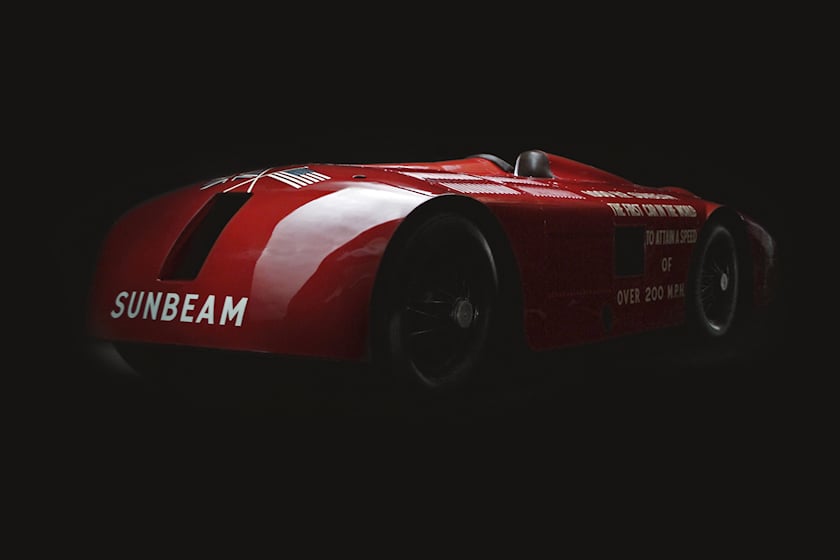
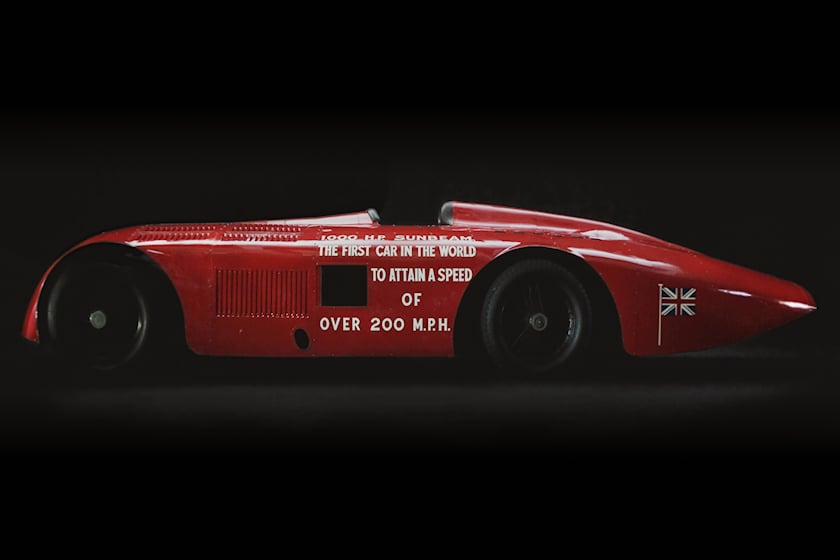
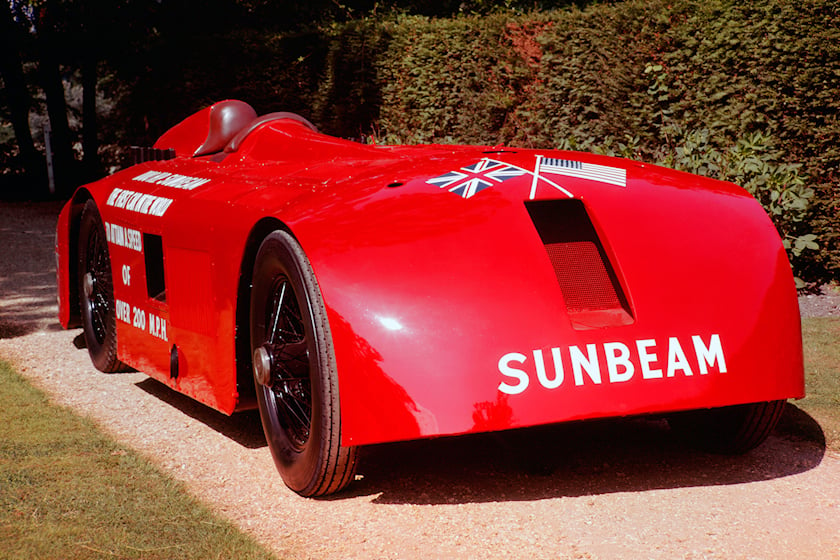
The infamous “Slug” or “Mystery” is a legendary bright red speed demon. It features two Subeam Matabele 22.5-liter, V12 aircraft engines that generate approximately 430 hp each. The car was crafted with one purpose in mind – to reach 200 mph – and its aerodynamic bodywork earned it its nickname. On March 29th, 1927, Major Henry Segrave drove the car to an average top speed of 203.79 mph in front of a crowd of 30,000 people, solidifying its place in history.
Strong gusts on the first attempt made the vehicle skid severely, forcing Segrave to drive it into a body of water to decelerate it. Unaware to the staff, 200 mph had been surpassed during the try with an output of 200.668 mph. Subsequently, another effort was mandated with fresh tires and yielded a summit velocity of 207.015 mph, averaging 203.79 mph in the process.
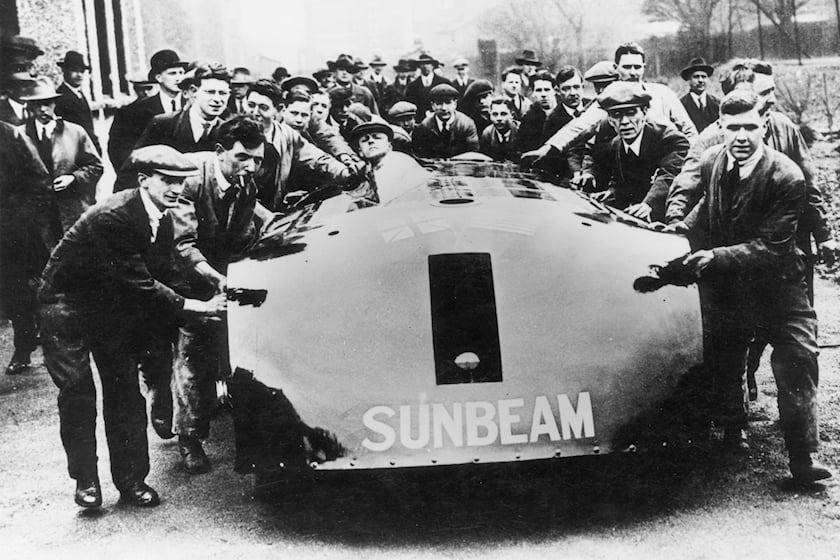
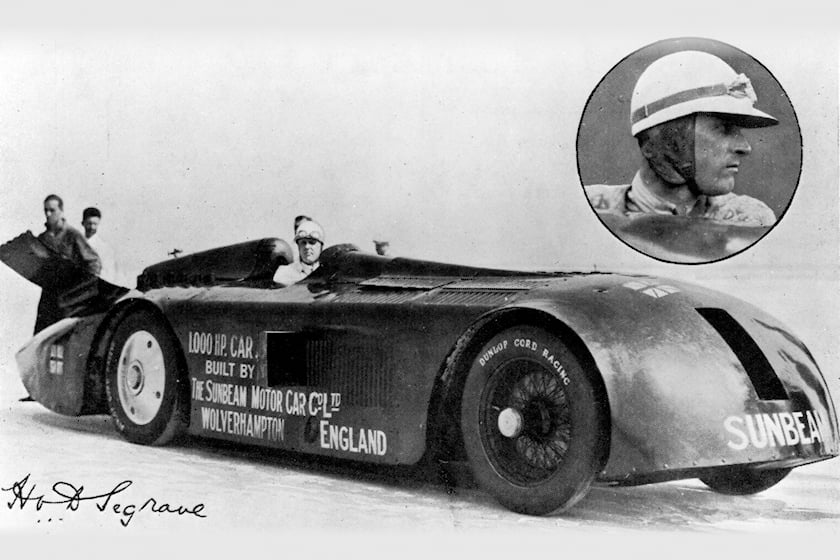
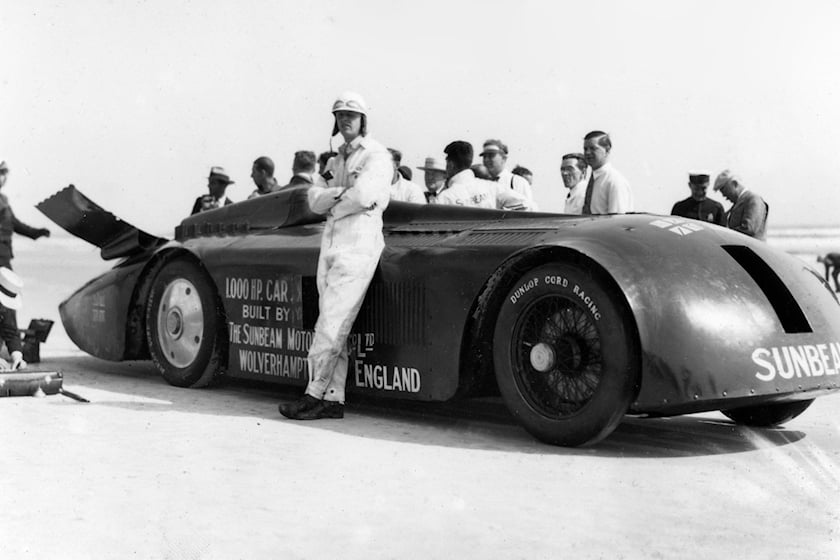
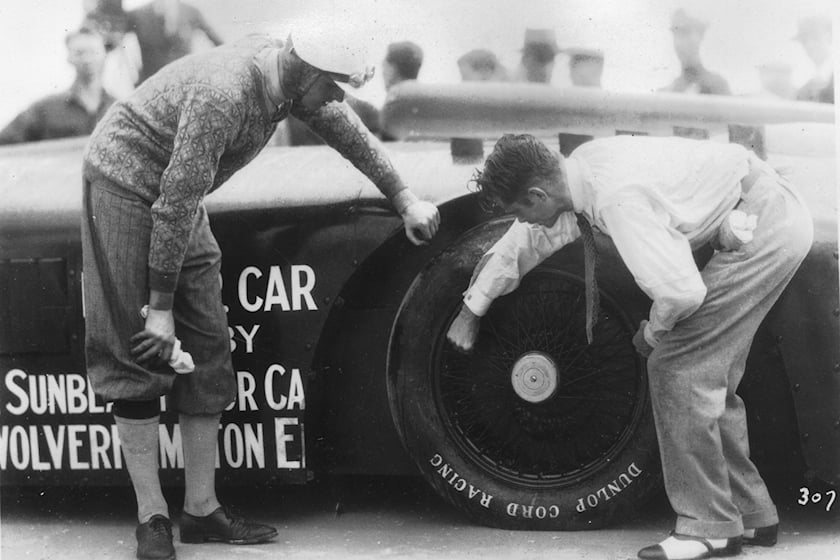
The automotive masterpiece was first presented to the museum in 1958 and officially became part of their collection in 1970. Held on high in the For Britain and For The Fun Of It section, this automobile has sadly deteriorated over time with its engines unable to move after so many years of non-use. It wasn’t until a few years back that the National Motor Museum’s chief engineer, Ian Stanfield, commenced the Sunbeam 1000hp Renewal scheme by taking apart the hind engine of the vehicle.
The challenge of the endeavor turned out to be significantly more multifaceted and pricey than originally planned, requiring the museum to initiate a concerted effort to solicit contributions and align themselves with other organizations. Impartnering with Brookspeed Automotive, educational establishments such as schools, universities and colleges can also partake in this rehabilitation initiative. On the assumption that the targeted total is reached, we anticipate seeing the vehicle circulating around Daytona Beach within a few years, albeit without any attempts at reaching 200 mph.
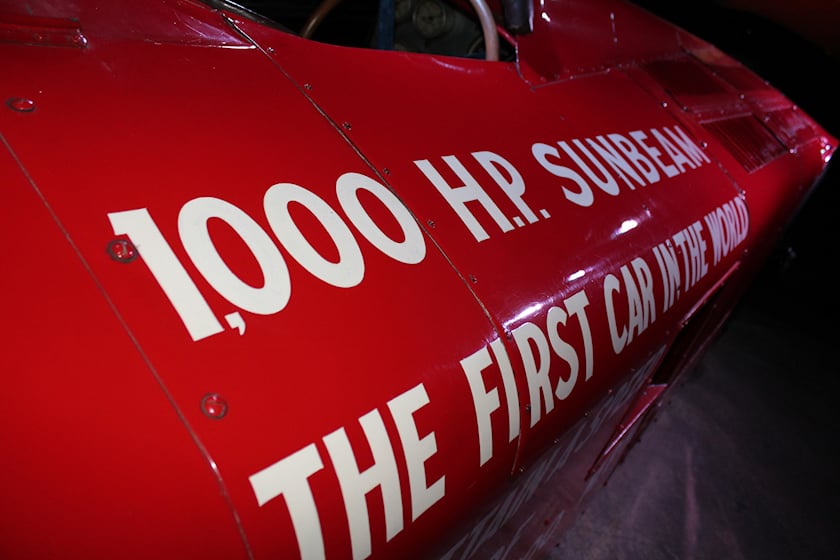
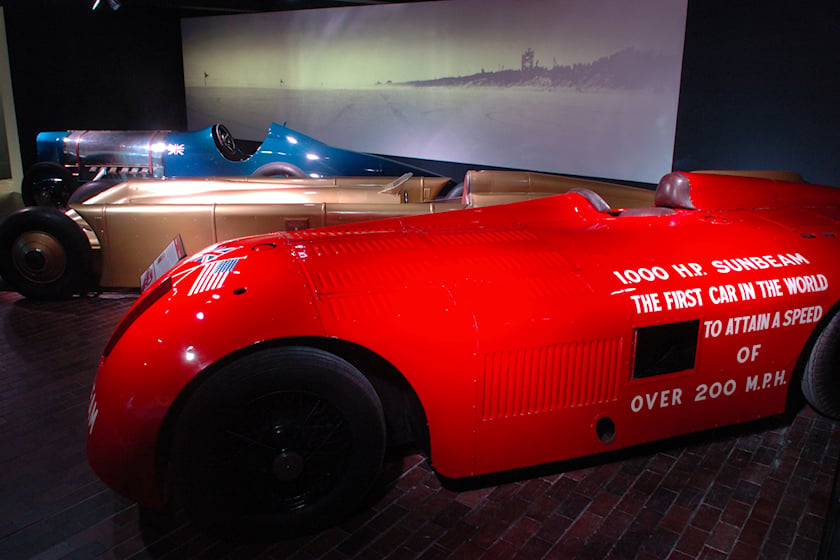
It’s rather intriguing how much we have advanced from the 200 miles-per-hour peak rate, with many autos today having the capacity to easily beat that figure. This was a specialised, high-velocity automobile; yet it is still noteworthy that only recently, road-legal production sports cars have managed to make it up to 300 mph and that, too, under immense contention. Do we continue to seek higher, or is pursuing faster rates an objectively perilous and purposeless veer? Over the past 15 years, the Bloodhound LSR has encountered multiple obstacles in its bid to surmount the 1000 mph limit. The latest on this is that it will continue its effort for the record, but use emissions-free synthetic fuel for the endeavour.
As we observe the 100th anniversary, an intriguing inquiry arises–particularly with vehicles like the Koenigsegg Jesko Absolut professing to exceed 300 mph, as well as other automakers potentially completing their ventures related to these kinds of records.
View the original recordings of the remarkable runs below.
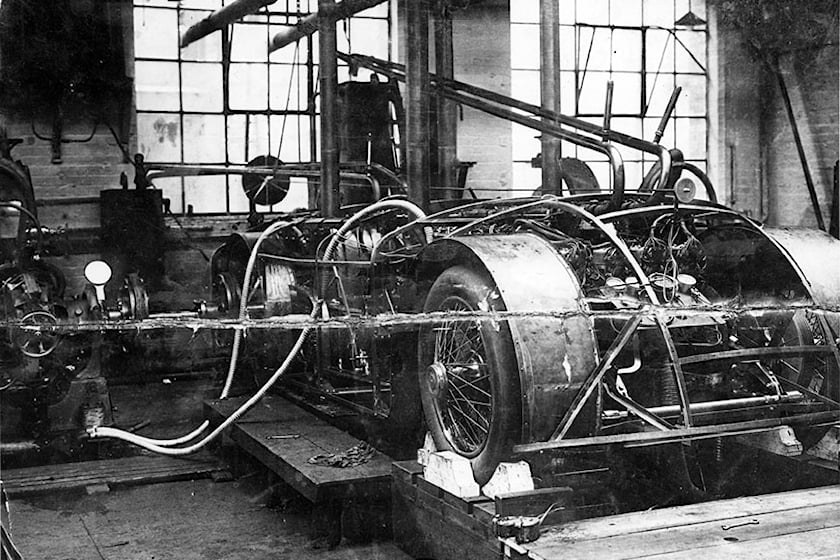
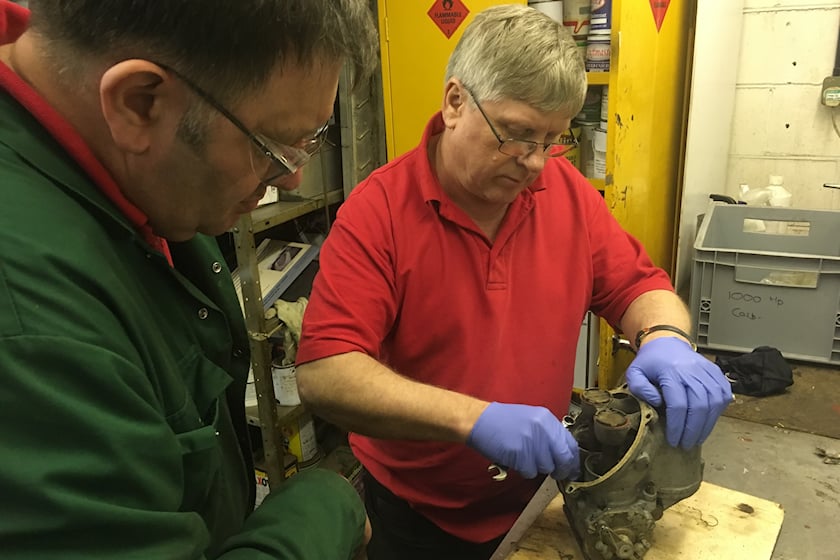
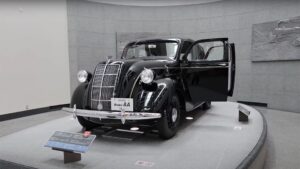
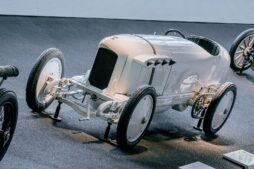



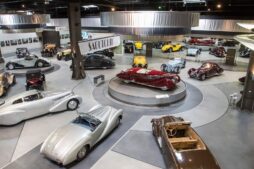

Наиболее стильные новости мира fashion.
Актуальные эвенты мировых подуимов.
Модные дома, бренды, гедонизм.
Самое лучшее место для модных хайпбистов.
https://metamoda.ru/
[url=https://metamoda.ru/]https://metamoda.ru/[/url]
영등포안마살롱
https://film35.tistory.com/427
https://nicesongtoyou.com/loan/unemployed-loan/
https://himchanchan.tistory.com/1516
https://financenews.co.kr/tag/eab5adeab080ec9ea5ed9599eab888-ec8ba0ecb2ad-eb8c80ec8381/
https://ddnews.co.kr/blog/2021/05/20/upbit/
아름다운스웨디시업소
https://kleonet.com/entry/tag/은별바둑/
https://kleonet.com/entry/tag/오은영-리포트-결혼-지옥-바로보기/
아름다운스웨디시업소
https://ddnews.co.kr/category/it/page/10/
https://ddnews.co.kr/ed86a0ec8aa4ebb185ed81ac-ecb9b4eb939c-ecb2b4ed81acecb9b4eb939c-ed989ced839d/
https://ddnews.co.kr/ebs-2023ed9599eb8584eb8f84-ec8898eb8aa5ed8ab9eab095-ec8898ed95991-eb8bb5eca780-eb8ba4ec9ab4eba19ceb939c/
Awsome site! I am loving it!! Will come back again. I am bookmarking your feeds also.